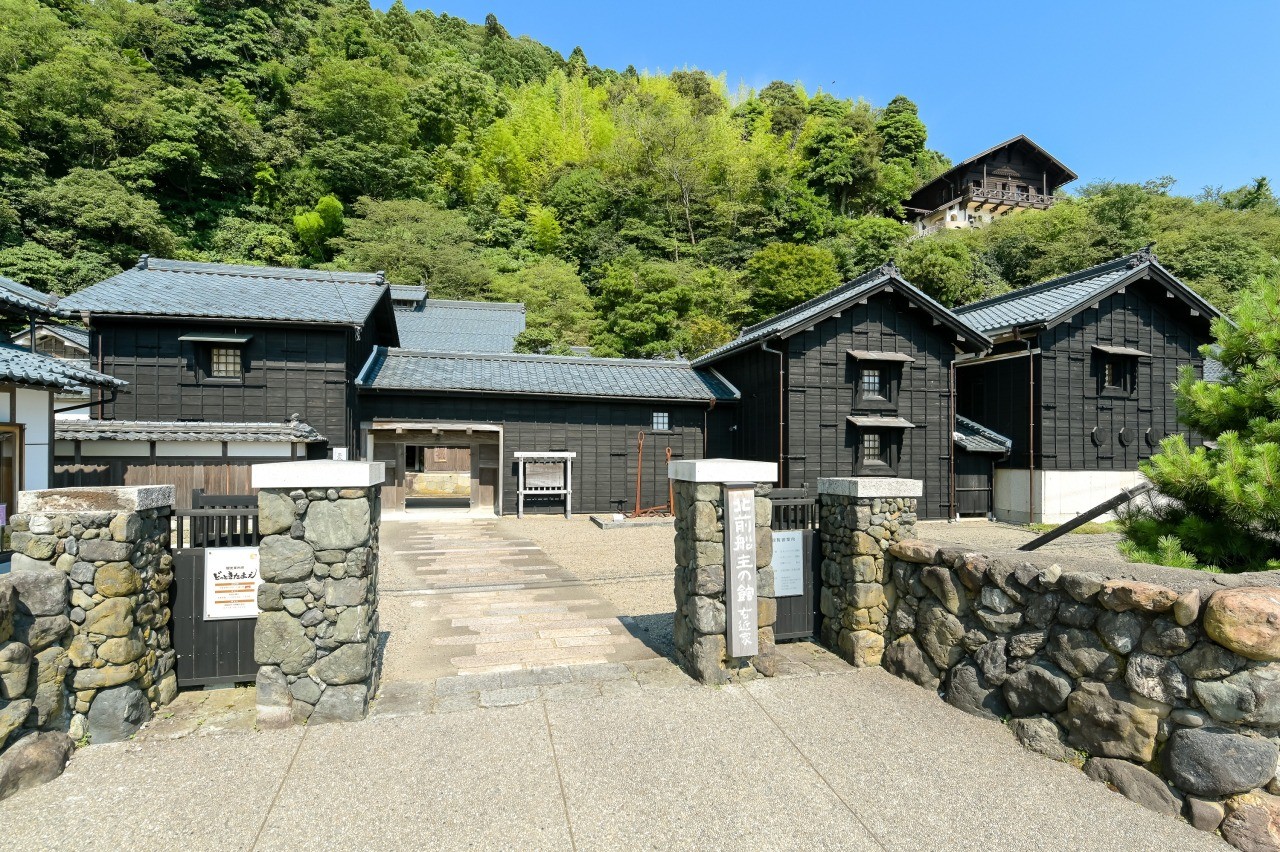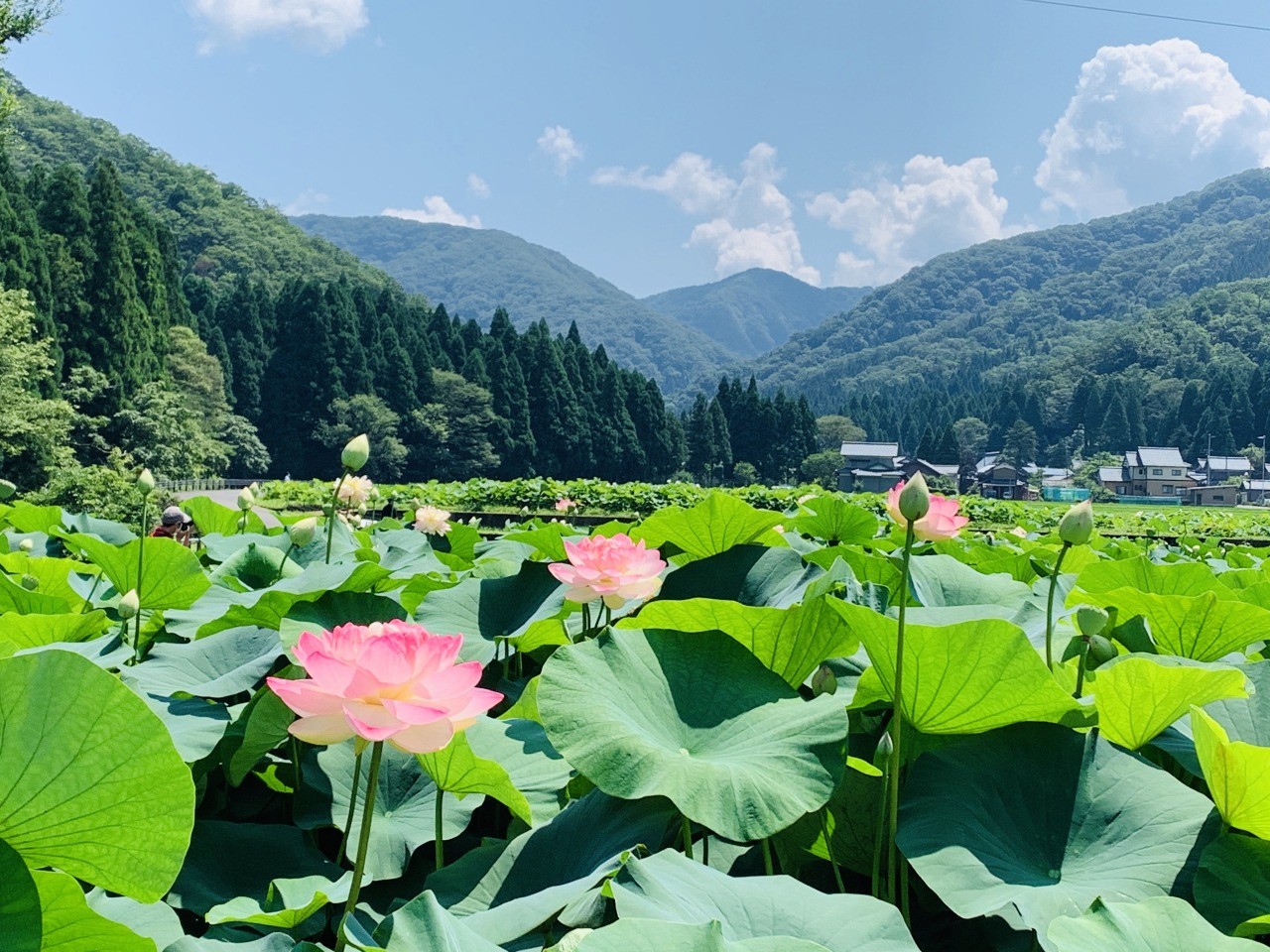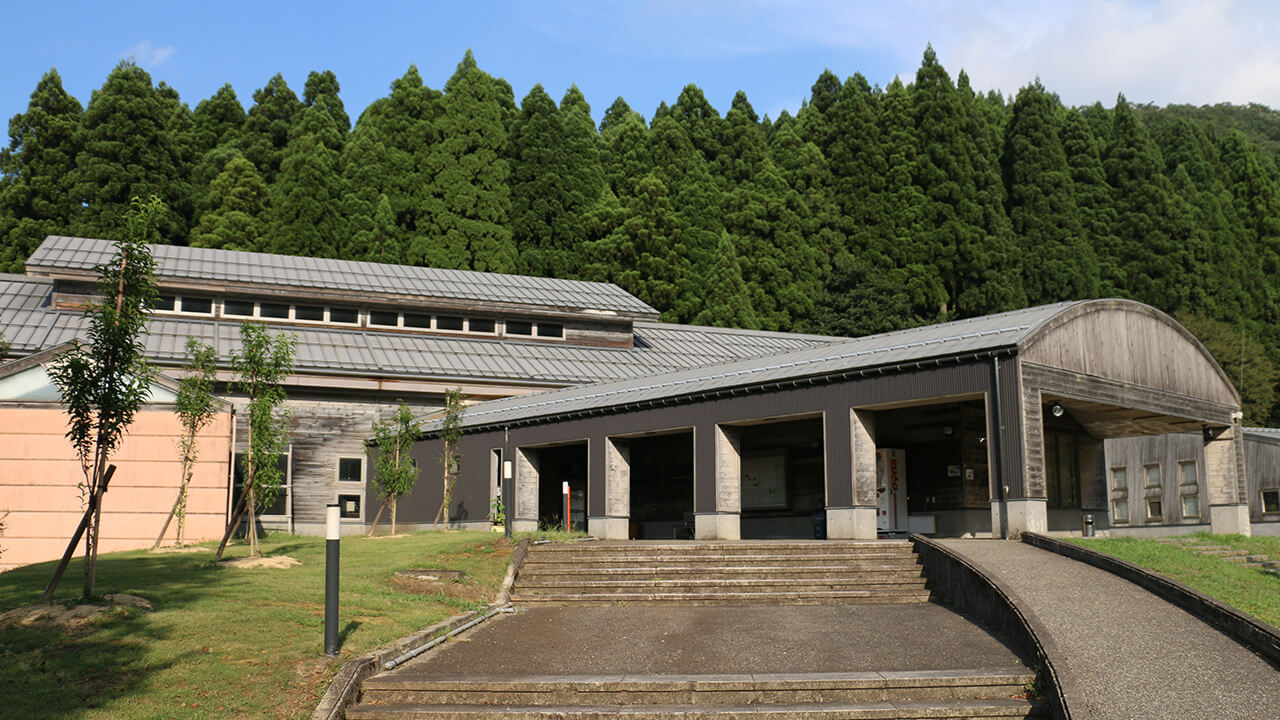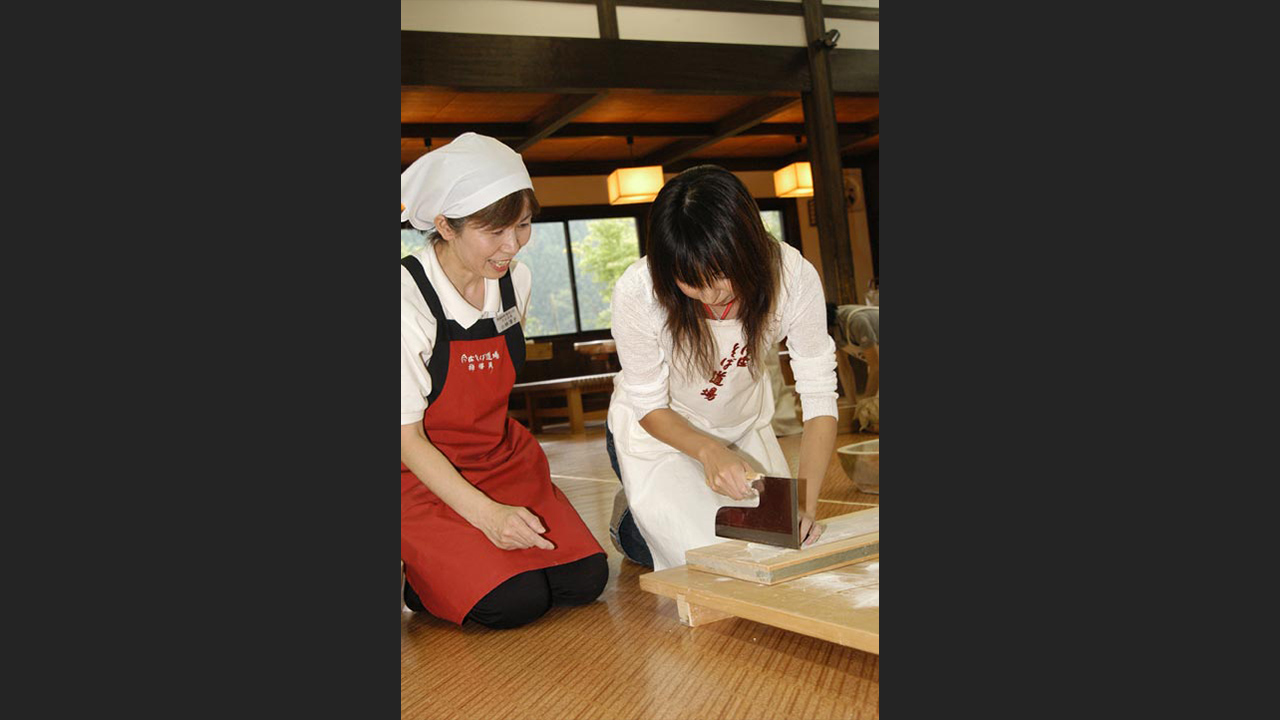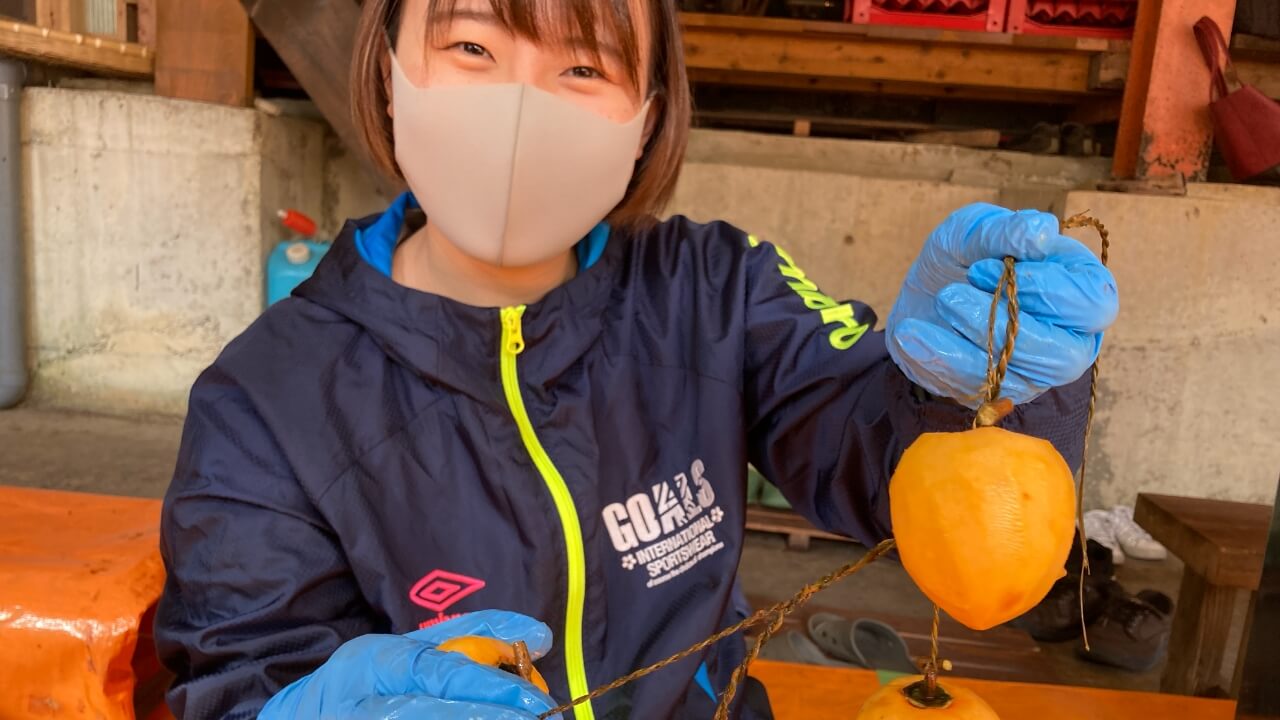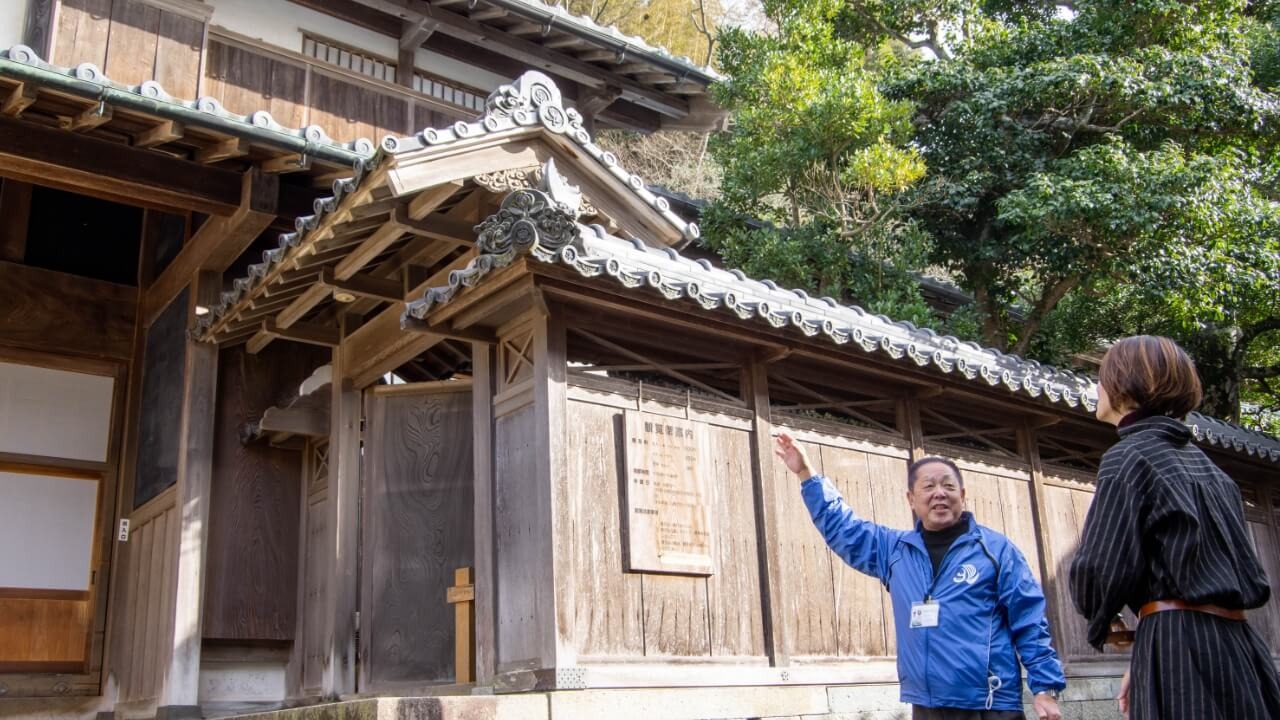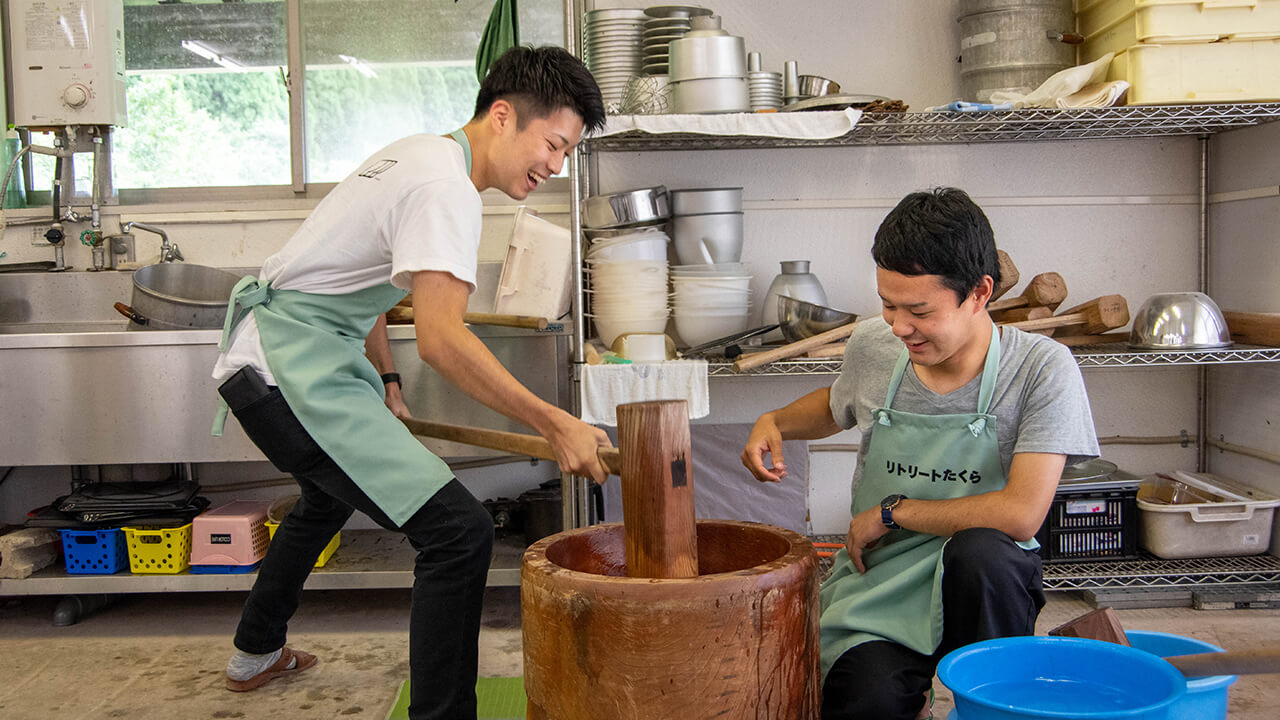Come See the Famous Lotus Flowers of Nanjo, Minami-Echizen Town This Summer!
Posted on :
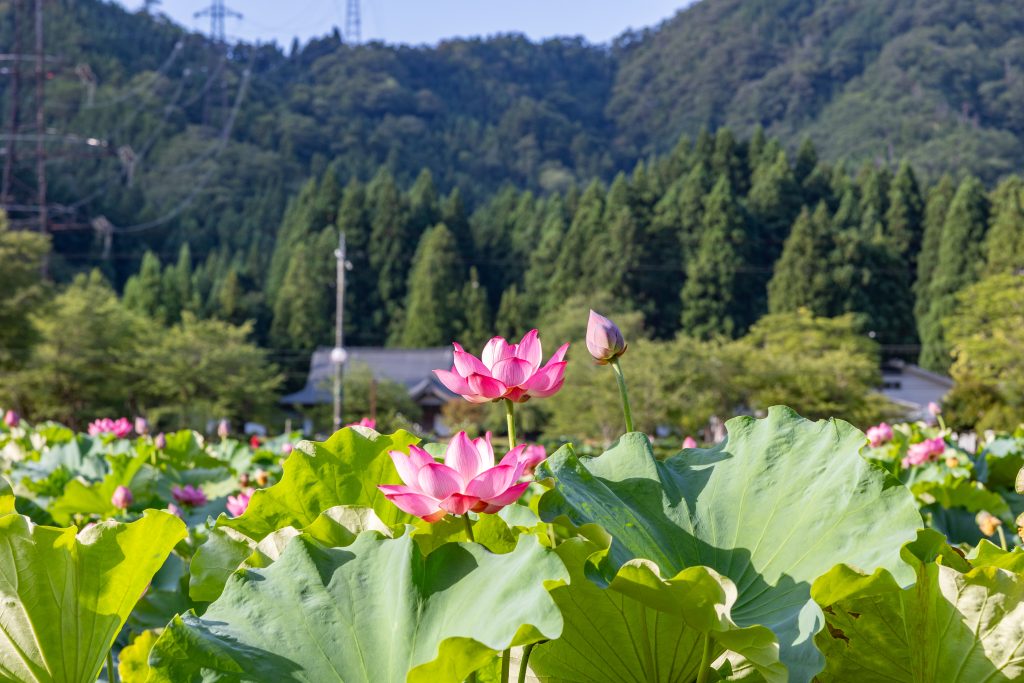
Japan’s Leading Lotus Flower Producing Region!
The Nanjo area of Minami-Echizen Town, Fukui Prefecture, is Japan’s leading producer of lotus flowers. In the height of summer, when the flowers are in full bloom, the sight of the beautiful lotus flowers blooming in the tranquil rural landscape is as beautiful as a painting.
Allow us to introduce the charms of “Hanahasu” in the Nanjo area of Minami-Echizen Town.
We had the chance to speak with Takahiro Yamauchi of Minami-Echizen Town’s department for tourism and community development. Be sure to check this out before you visit to fully enjoy Hanahasu!
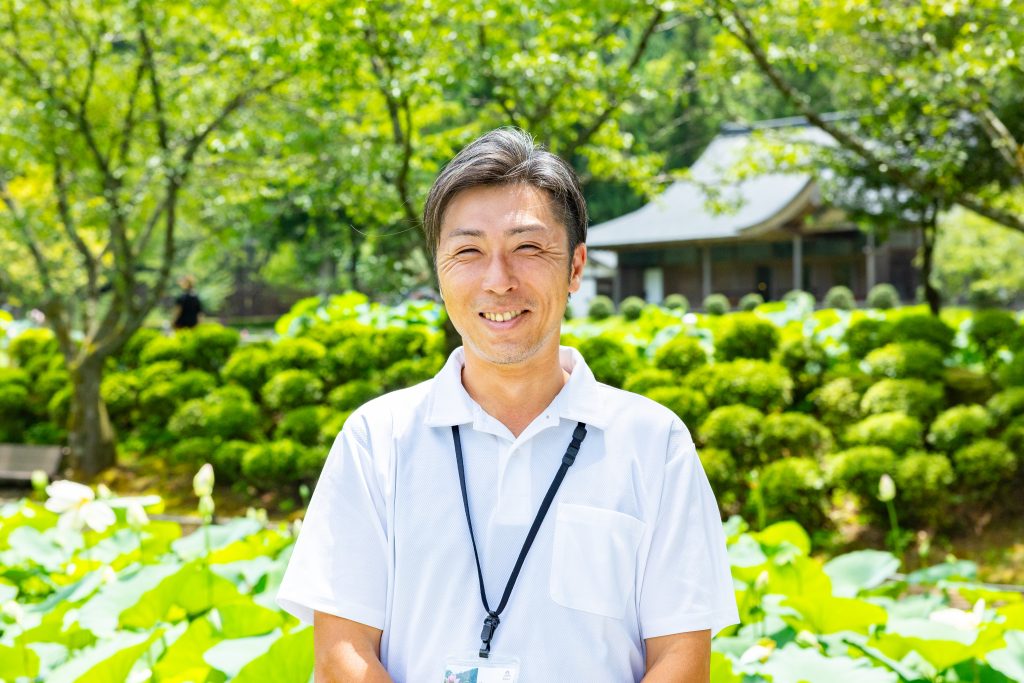
Contents:
- Hanahasu Park: Lotus Flowers from Around the World!
- A History of Minami-Echizen Town’s Lotus Flowers
- Early Summer Mornings, the Best Time to See Lotus Flowers
- Picture Perfect Lotus Flowers
- The Annual Lotus Festival: See, Taste, and Try!
- The Treats Aren’t Just for the Eyes
- Lotus Designs and Delights around Minami-Echizen Town
Hanahasu Park: Lotus Flowers from Around the World!
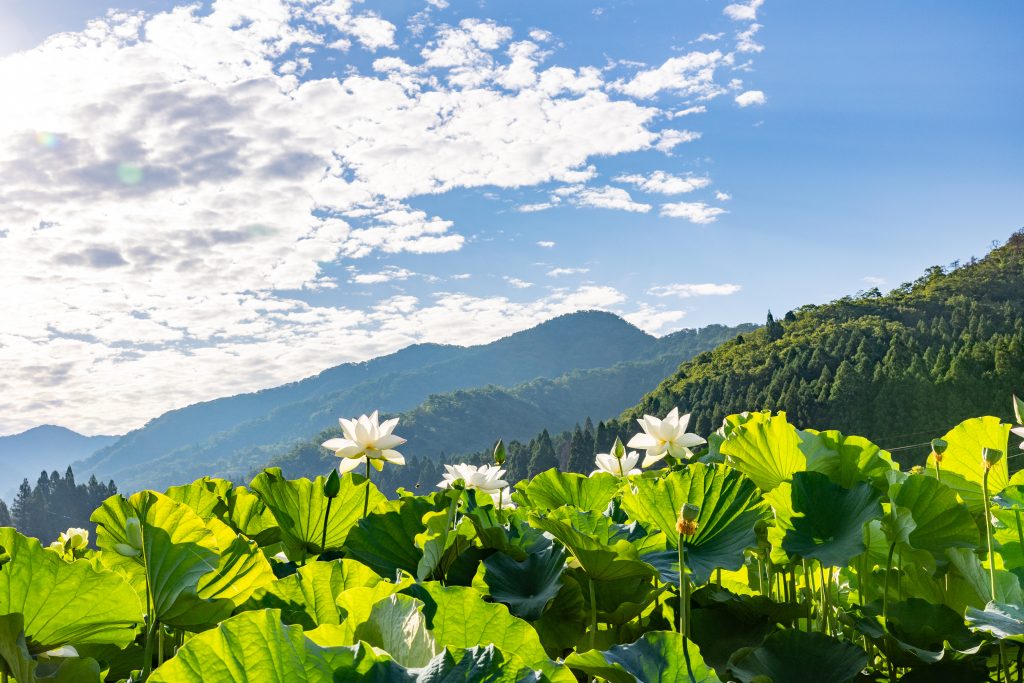
Hanahasu Park is easily accessible, just a five-minute drive from the Nanjo Smart IC exit on the Hokuriku Expressway. At the foot of the ruins of Somayama Castle with the lush green mountains as a backdrop, pale pink and white lotus flowers bloom across an area covering about 33,000 square meters from July to mid-August.
Anyone can enjoy the fully accessible park, where ten observation ponds allow you can see about 130 different species of lotus flowers that have been collected from over a dozen countries around the world, including Japan, China, Russia, Italy, and India. Take your time and enjoy the flowers from all the different viewpoints, such as the observation deck, floating pavilion, and promenade. It’s breathtaking seeing the vibrant flowers float majestically above the water, so beautiful and elegant.
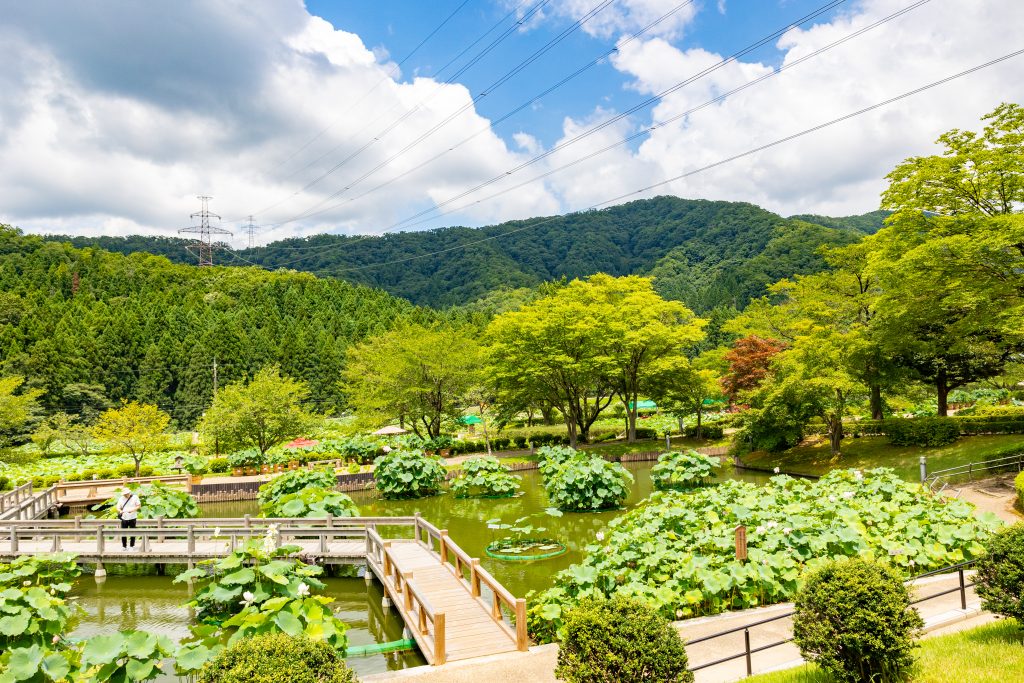
A History of Minami-Echizen Town’s Lotus Flowers
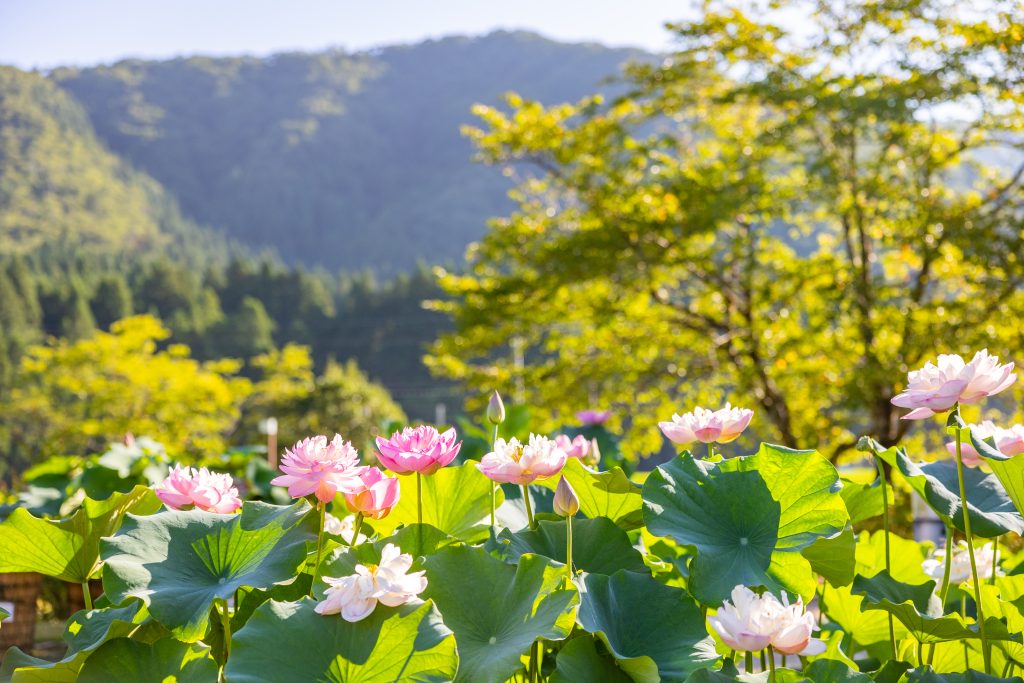
Let’s dig deeper into the interesting story of how lotus flower cultivation took root in the Nanjo area of Minami-Echizen Town.
After the war, a local resident who worked at the Fukui Prefectural Agricultural Experiment Station began growing lotus flowers as a memorial for his fallen comrades in the famous Special Attack Force. Through trial and error, cultivation progressed until 1976 when a lotus farming union was formed and the operation became full-scale. Today, the area is known for being Japan’s leading producer of lotus flowers. Hanahasu Park, the symbol of the lotus village, opened in 1993 and continues to be loved by many people.
Early Summer Mornings, the Best Time to See Lotus Flowers
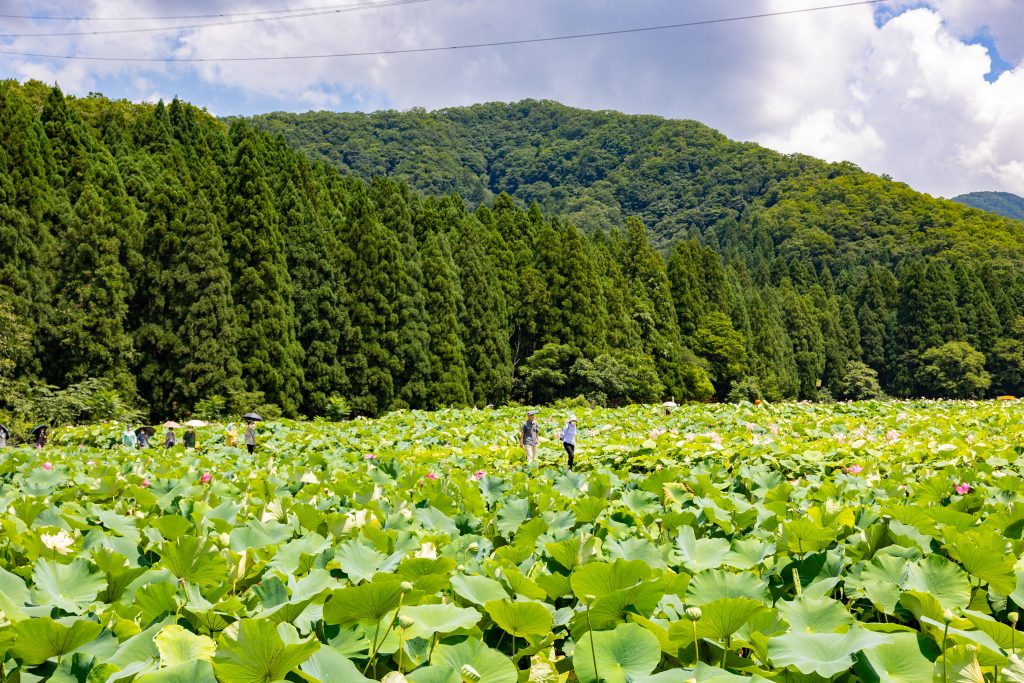
Lotus flowers slowly bloom with the rising of the sun and close during the day, so it is best to view them between morning and noon. Peak time to see them is between 8:30 and 10 a.m., when the vibrant colors of the flowers really stand out in the sunlight.
Fascinatingly, lotus flowers come in a variety of colors, shapes, and sizes depending on the variety. You can find red, white, pink, yellow, a mixture of white and red flowers, a single row of petals, two rows, and something in between. The sight of the gorgeous flowers with their straight, slender stems growing out of the pond is sure to captivate.
The blooms are pleasing to all five senses, with not only enjoy their beautiful appearance, but also their pure and gentle fragrance and their soft, silky texture.
The flowering season for the lotus is mainly from July to mid-August, and the flowers only last for four days. On the first and second days, the flower repeatedly opens and closes, and reaches its most beautiful full bloom on the third. On the fourth, it sheds its petals one by one, bringing to an end its life as a flower. Visit as much as you can to catch all the fleeting beauty of the lotus flowers.
Featured Lotus Flower No. 1: The Oga Lotus
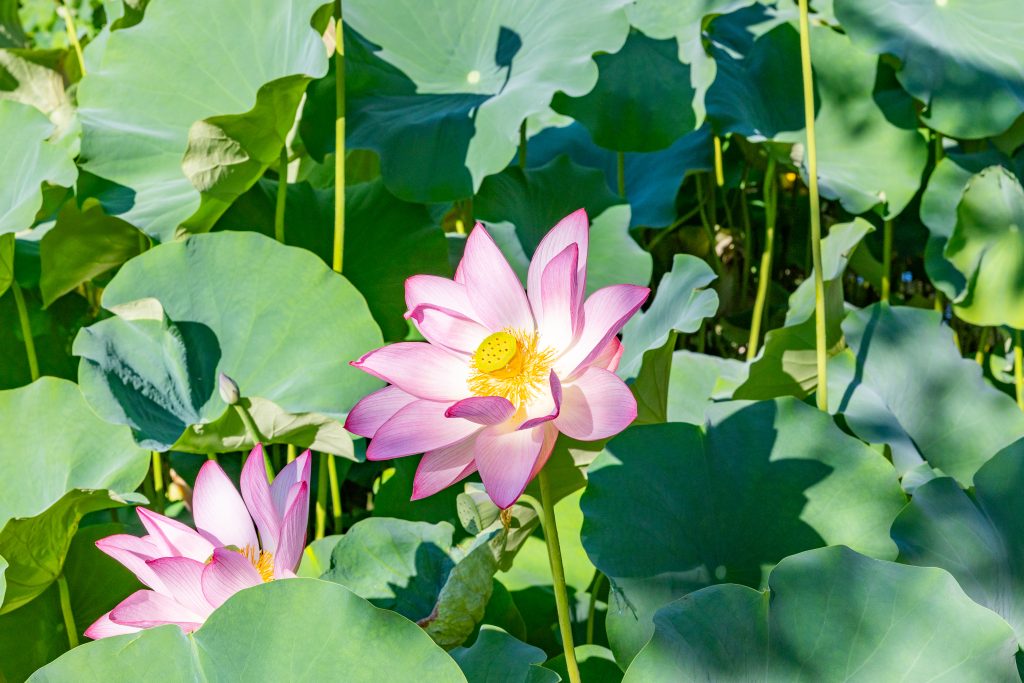
The Oga lotus is the world’s oldest flowering lotus, having germinated from seeds found in a 2,000-year-old stratum in Chiba Prefecture.
It was named after Dr. Ichiro Oga, a leading botanist who succeeded in reviving the ancient plant in modern times. It has large, plump, bowl-shaped flowers with thin, delicate petals.
Featured Flower No. 2: Koto-no-Gyokujo
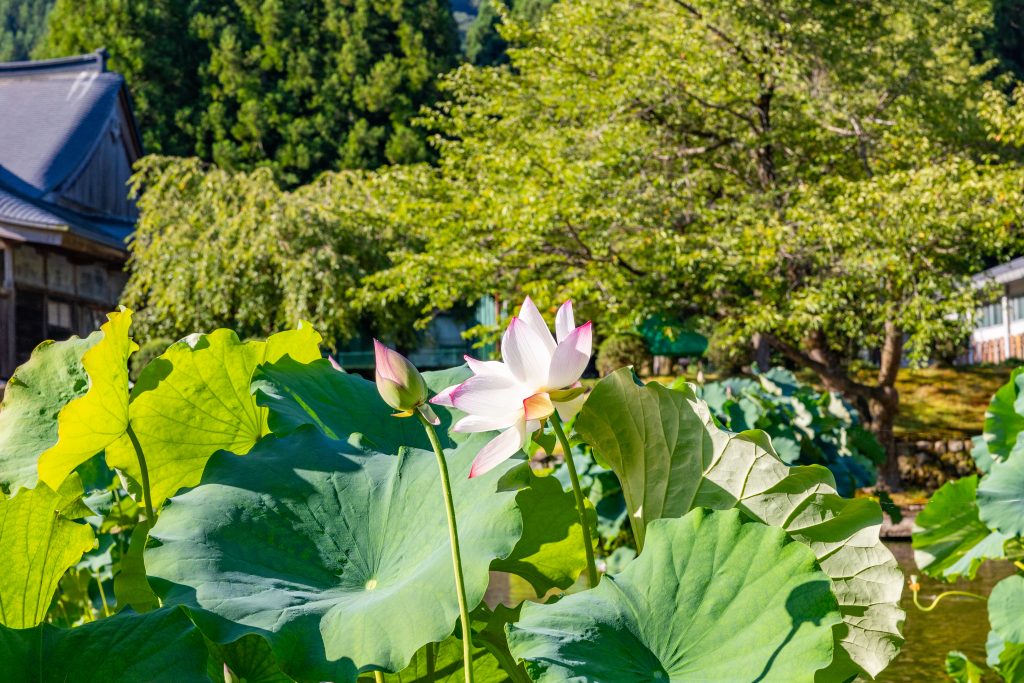
This “red claw lotus,” which has white petals with crimson tips, was created in Nanjo’s Hanahasu Park. It was named after Koto no Naishi, the wife of Nitta Yoshisada, a military commander during the Nanbokucho period, who spent some time at Somayama Castle near the park.
Within the park, you can see many different types of lotus flowers, including the “stone lotus” that was donated by Baihe District, Tainan City, Taiwan, with which Minami-Echizen Town has a friendly relationship. There is also the manzairakuren lotus, also known as the resurrected lotus, a cutting from the flower which bloomed for the first time in about 50 years in Fukushima Prefecture after the Great East Japan Earthquake. What will your favorite lotus flower be?
There are also varieties of lotus named after historical figures, such as the Nehru lotus and Sun Yat-sen lotus. There are so many interesting things to discover.
Picture Perfect Lotus Flowers

Lotus flowers are beautiful from any angle. The large, soft blooms are wonderful, of course, but the buds or the dew or raindrops rolling on the leaves and sparkling in the morning sun are also a fantastic and refreshing sight. There are those who visit early in the morning to capture snapshots of the relationship between the flowers and the kingfisher that lives near the water. The flowers only last a short time, and it’s also interesting to see how they look at the end of the flowering season. The receptacle, with its fallen petals and seeds attached, is another beautiful subject for photographs. Even the same variety of flowers look different throughout the day, so you can enjoy them no matter how many times you visit.
The Annual Lotus Festival: See, Taste, and Try!
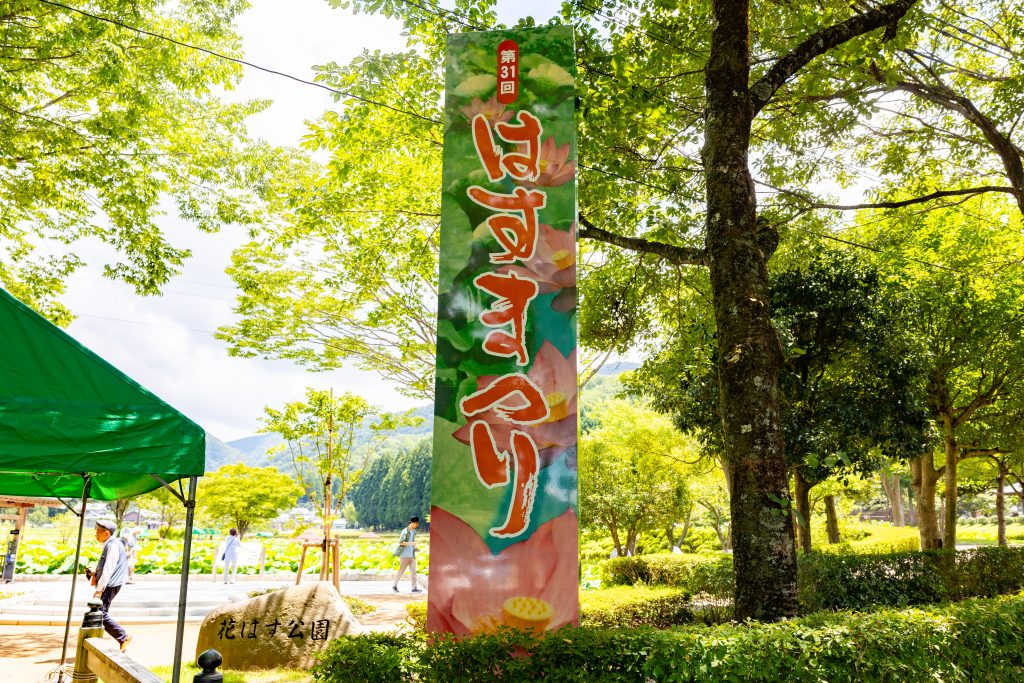
Every year from late June to early August, the Lotus Festival, Nanjo’s seasonal summer event, is held at Hanahasu Park. During the festival, you can enjoy viewing various lotuses from around the world, and a variety of lotus-themed events are held. It’s a great place for families, from children to adults.
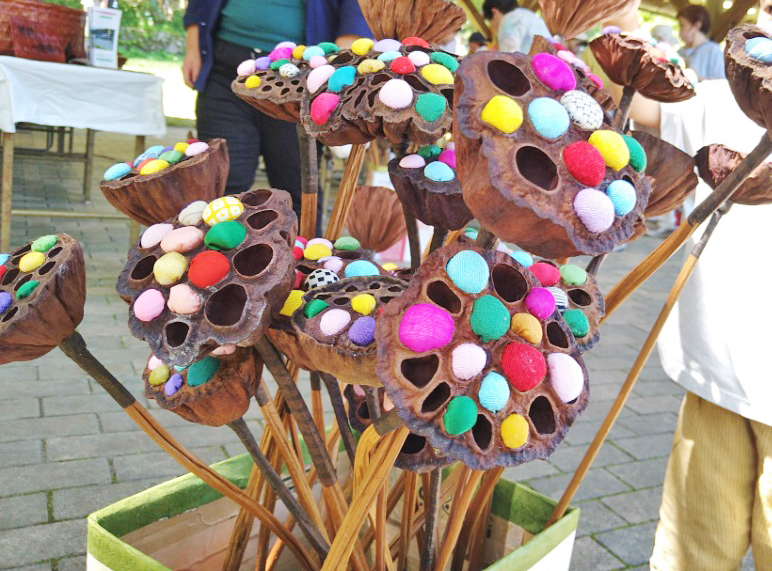
There are unique ways to have fun such as the “elephant trunk cup” (where you pour a drink into a large lotus leaf and drink from the long stem like a straw), lotus leaf dyeing, and making lotus pedestal decorations, and you all this while surrounded by the elegant lotus flowers.
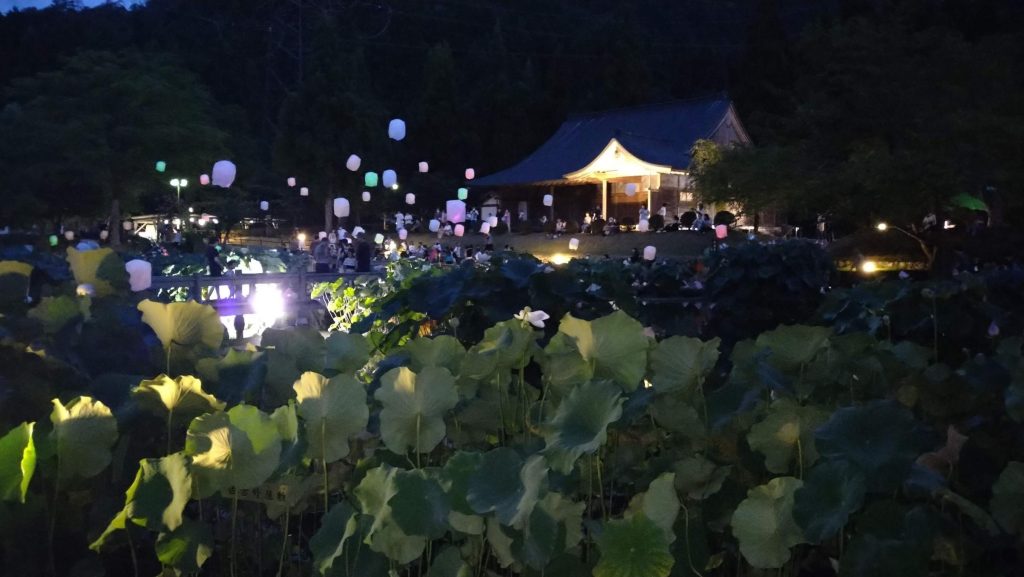
Don’t miss the one-night-only lotus flower candle and lantern night, when 500 candles and lanterns light up the park for a rare and fantastic atmosphere.
The Treats Aren’t Just for the Eyes
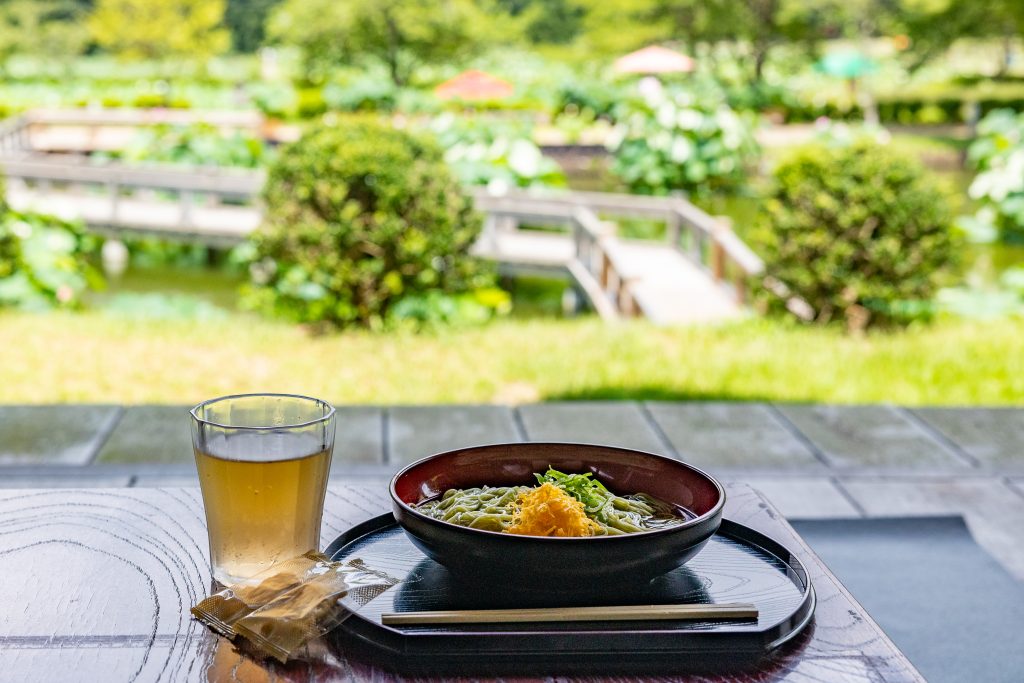
During the festival, you can also enjoy gourmet lotus flower treats that can only be found here. At Uryu-no-Yakata, a rest area within the park, you can try local specialties such as lotus udon and lotus somen, which are made with lotus leaves and tinted slightly green. Lotus udon, with its faint lotus scent and thin, chewy noodles, is served with a refreshing cup of lotus tea.
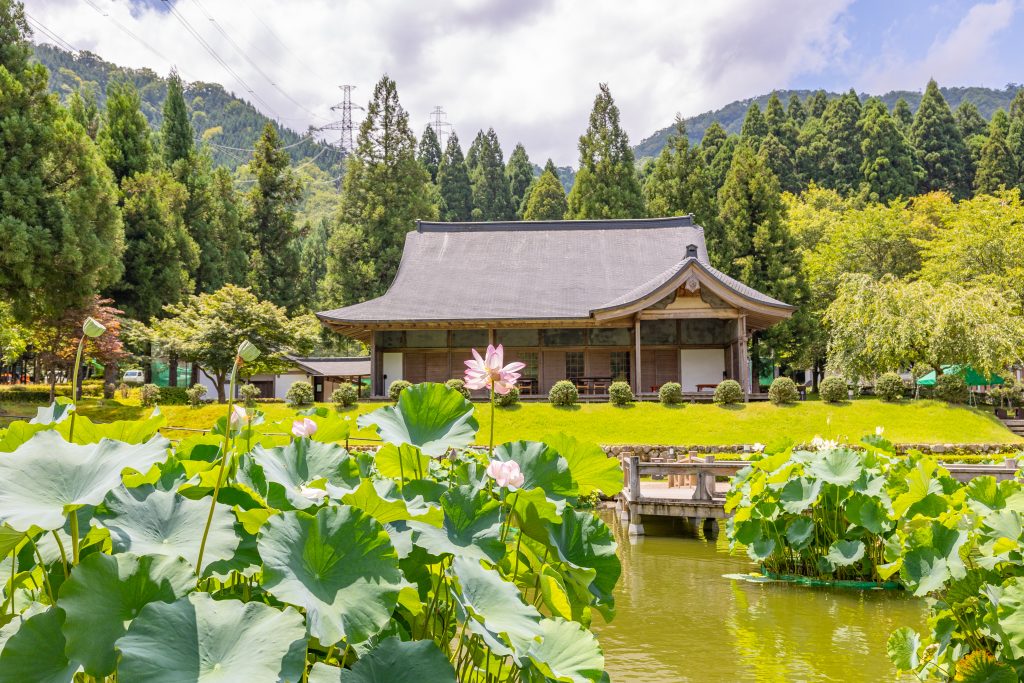
Uryu-no-Yakata is a replica of the residence of Uryu Yasushi, a lord of the Somayama domain, gives you a taste of what a samurai residence was like in the Nanboku-cho period. While the festival is going, you can enjoy exhibits of documents and furnishings related to Hanahasu here, as well as photographs by local photographers. There are also lotus souvenirs on display. The charming veranda is a great spot for a panoramic view of the park.
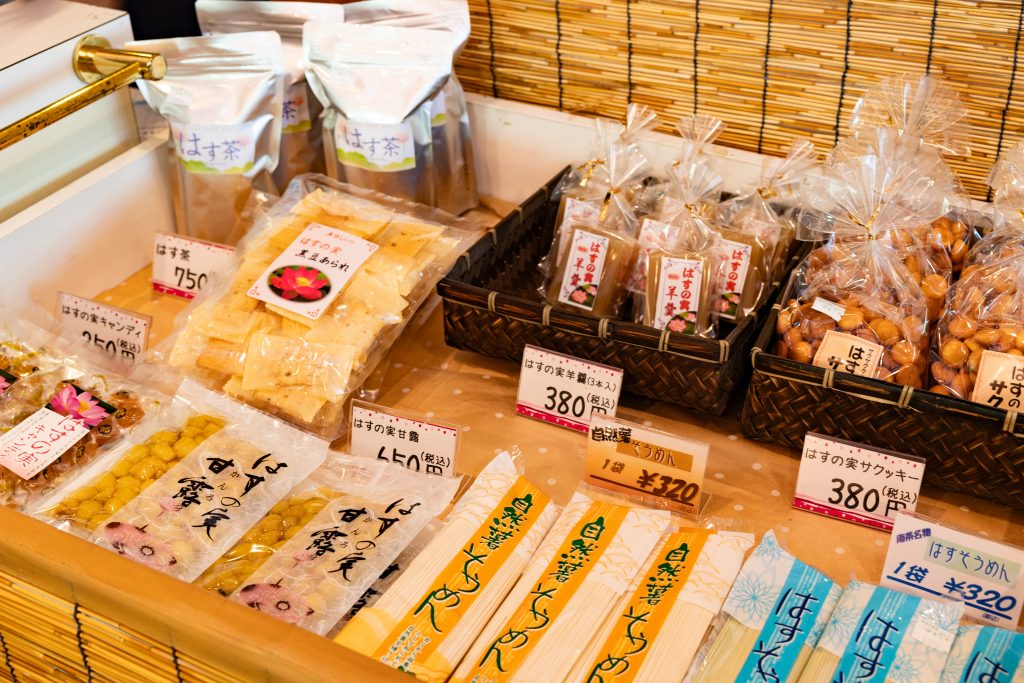
Bit Hungry? Try the Lotus Soft Serve Ice Cream

During the Lotus Festival, you can find this delicious ice cream made with powdered lotus leaves in the parking lot of Hanahasu Park. It is also served at the Hoyatei at the roadside station Minami-Echizen Sankairi, adjacent to the Nanjo Service Area on the Hokuriku Expressway (except during winter). It is lightly sweetness, with a subtle hint of lotus flavor, and a refreshing aftertaste. It is a local treat that can only be found here, so be sure to give it a try.
Minami-Echizen Town’s Lovely Lotus Designs and Delicious Food
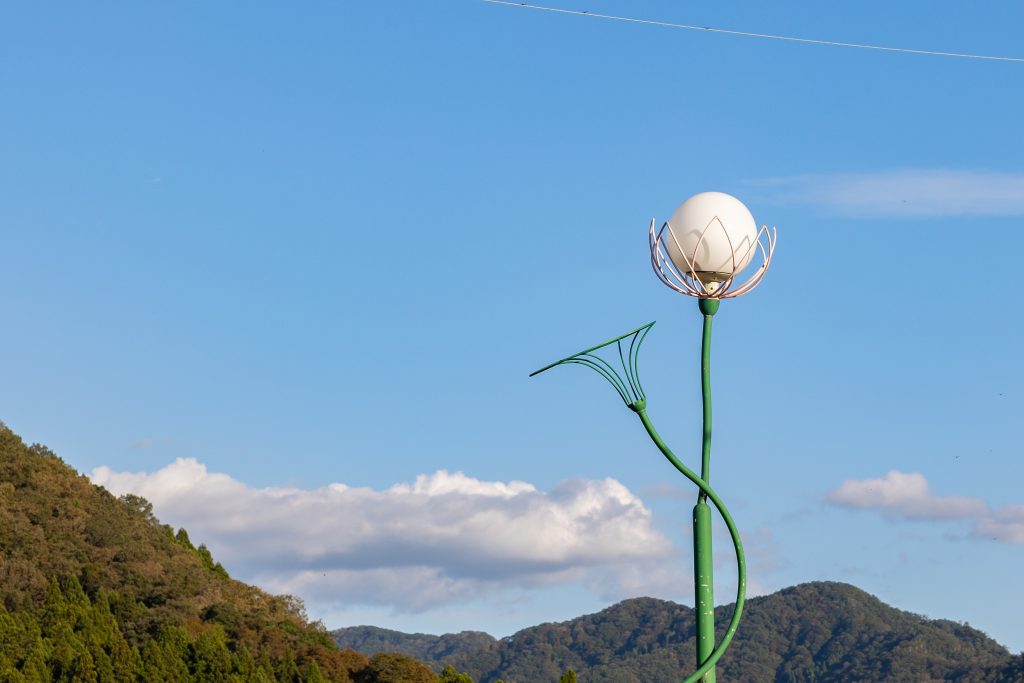
In Nanjo, there are street lamps and signs with lotus motifs all over town, great for a quick photo for the memories.
We also recommend Hanahasu Onsen Somayama, a hot springs inn nearby to Hanahasu Park that offers bathing open to visitors. You can enjoy lotus baths and open-air baths that are full of lotus extract, a great way to relax away any fatigue after having your fill of the lotus flowers.
As you can see, there is plenty to see and do during the lotus blooms in Nanjo, Minami-Echizen. This flower has long been loved as a symbol of the Nanjo district and Hanahasu Park and we hope you will come and enjoy the beautiful flowers at Hanahasu Park this summer.
————————————————————————————————————————
Access:
Hanahasu Park
64-41 Nakagoya, Minami-Echizen-cho, Nanjo-gun, Fukui Prefecture
Tel: 0778-47-3368 (Hanahasu Onsen Somayama)
Admission: free (200 yen contribution during the Lotus Festival)
————————————————————————————————————————


